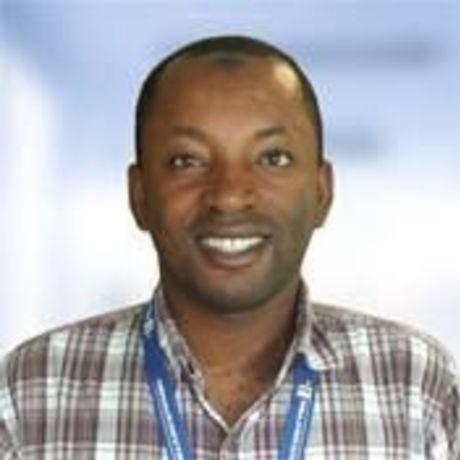A wide range of possibilities to use Mixed Reality in Aircraft accident Investigation and Certification
- 0 Collaborators
Modern aircrafts are designed for multiple roles e.g. cargo, commercial and military. And understanding the behaviour of the aircraft during an emergency landing in both wet and dry runway conditions remains a challenge. During an aircraft's accident investigation (ditching), officers have to know the contribution and the behavior of each aircraft component (damages, rupture etc.), the responses of the structure, the behavior of the crews, the flight level, the behavior of the impactor surface, weather, etc... This information remains important for the sake of completing the accident report with high confidence. ...learn more
Project status: Published/In Market
Virtual Reality, Internet of Things, Artificial Intelligence
Intel Technologies
Other
Overview / Usage
Modern aircrafts are designed for multiple roles, e.g. cargo, commercial and military. And understanding the behaviour of the aircraft during an emergency landing in both wet and dry runway conditions remains a challenge. During an aircraft's accident investigation (ditching), officers have to know the contribution and the behavior of each aircraft component (damages, rupture etc.), the responses of the structure, the behavior of the crews, the flight level, the behavior of the impactor surface, weather, etc... This information remains important for the sake of completing the accident report with high confidence.
Depending on the accidents, many factors like the accessibility of the aircraft can be impossible. In these cases, some probabilities models have been used to complete the integrality of accident reports. These approaches do not sometime conform to the reality, e.g. the Malaysia Airlines B777 in the Indian Ocean, the Air France 330-10 accident in Rio, the accident of the Yemenia 310 crashed in the Indian Ocean, to mention only these ones. To get closer to the reality of aircraft ditching, some data are so far required and must be implemented. Since these data are often very difficult to obtain during post-accident investigations, numerical models, mixed reality combined with real-time data can help us today, to get close to the reality of these phenomena. In this way, augmented reality is the fact to combined real environment to virtual model. However, we can combine aircraft real impact environment (water, bird, dry sol, etc.) to aircraft virtual model to analyse aircraft accident.
However, computer prediction of the damages tolerances, fatigues behaviour, crack propagation and failure, etc. of an aircraft structure impacting a wet (Soft) surface and dry surface is still a major step during an accident investigation and during aircraft certification. Using numerical algorithm to compute these data will help the aviation community to understand better aircraft accidents and minimize their impact on crew and passengers safety for future aircrafts.
A better understanding of the aircraft dynamics (for accident investigation purposes) can be found through numerical algorithm, thus leading to the development of efficient structural design tools. For ditching investigations, the ability of numerical methods and computer vision, sensors to capture the high deformations of the fluid domain in such events is thus of utmost importance.
This work will investigate the capability of mixed reality techniques combined with FEA, SPH, which will be developed using Fortran90/C++, OpenGl, Itel (R) Core (TM) i7 CPU or better, for water impact problems and assess the use of these techniques in the steps involved in an accident investigation. Previous numerical and experimental results have enabled the SPH to be seen as a promising method for crashworthiness design and certification.
Due to the rapid increase of computer aided engineering technology, internet of things, Deep learning, etc., physical testing will be increasingly replaced, in a near future, by numerical models because they will be able to provide a more rapid and less expensive way to evaluate the risk of accident, the certification process and the design details. These are some of the objectives fixed by some aviaion specialists . Mixed reality will allow us to interact with real-time loads, but also will help us to interact with the model for certification purposes.
Methodology / Approach
- Aircraft structural analysis,
- Smoothed Particles Hydrodynamics,
- Finite elements method,
- Continuum mechanics.
Look the video form more information :https://www.videosprout.com/video?id=fd9bc233-4719-4994-85ed-3b3412c43dcd
Technologies Used
- CPU
- UNITY
- COMPUTER VISION (OPENCV)
- OPENGL
VIDEO FOR MORE INFORMATION
Repository
https://drive.google.com/file/d/1WTHnwJ7KX-90baZZTN5DA0w1NSHSsxnC/view



